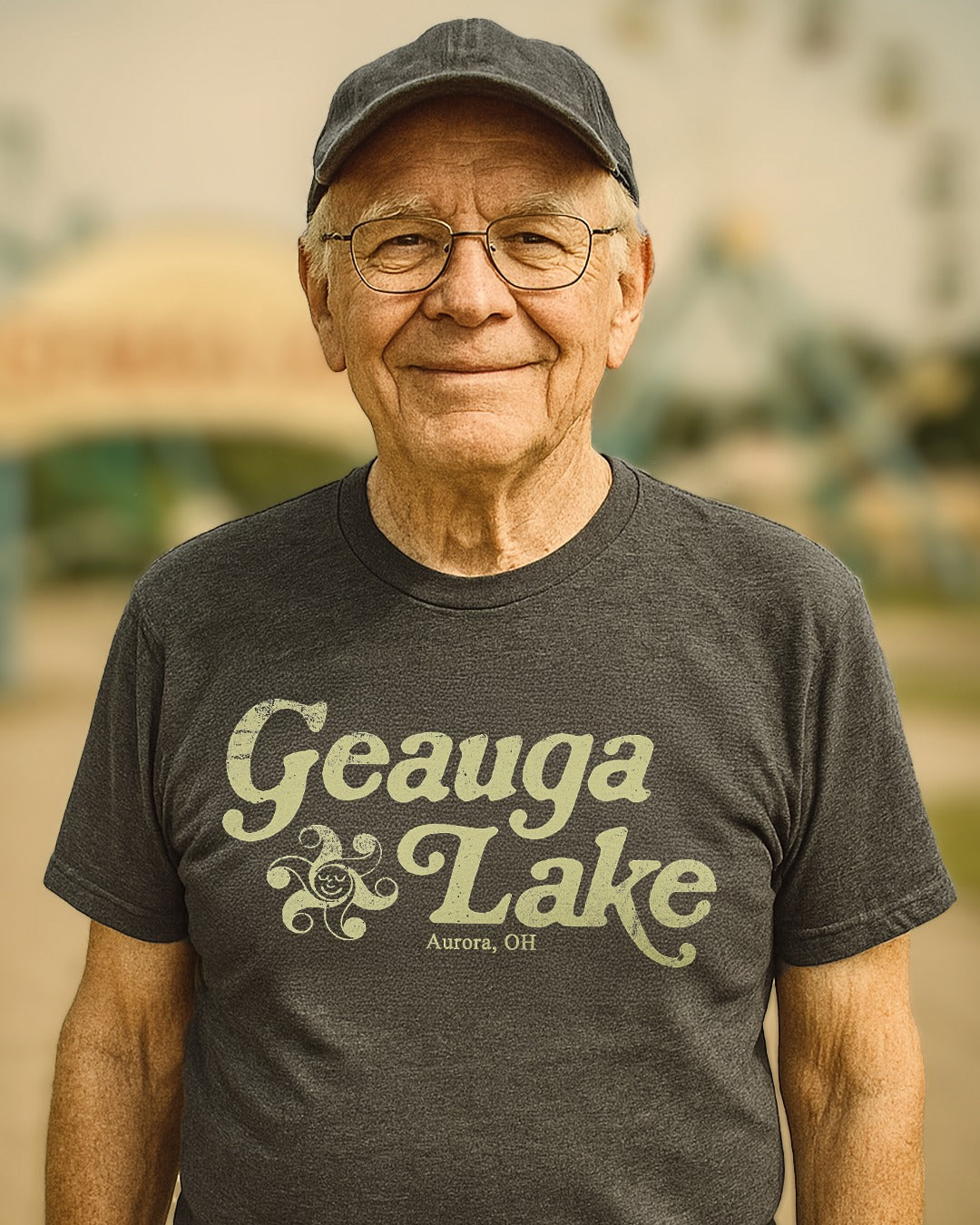Baltimore has had five professional football teams, arguably none more beloved than the (second) Baltimore Colts, at least for fans of a certain age. The Colts played in the city from 1953 until 1984 when they slipped out in the middle of the night, bound for Indiana.
The city’s first pro football team arrived in 1947 from Miami, where they were known as the Seahawks. Renamed the Colts, the team played in the All-America Football Conference (AAFC), a rival to the established National Football League (NFL).
In 1949, the two leagues decided to merge for the 1950 season, with the NFL taking in three of the AAFC’s seven remaining teams. The Cleveland Browns, winner of all four AAFC titles, and the San Francisco 49ers, the second-winningest team in the league, were obvious choices to join the NFL. The awarding of the third spot was a bit more controversial.
The third-best AAFC team was the Buffalo Bills. The Colts were terrible, finishing with only one win in 1949. However, they outdrew Buffalo at the gate, and after much wrangling, Baltimore got the third spot. Their first season in the NFL was a repeat of their last in the AAFC, notching just one win. At the end of the season, owner Abraham Watner sold the club to the league for $50,000, and the team was subsequently folded.
In 1953, a new Colts team was formed from the assets of the failed Dallas Texans franchise, who had played one season, 1952, before collapsing. It took a few seasons, but the “new” Colts became one of the best teams in the NFL, winning the league championship in 1958 and 1959. The 1958 title game, played against the New York Giants, is cited as the “Greatest Game Ever Played” and the catalyst for increasing the popularity of professional football.
During their time in Baltimore, they made 10 post-season appearances, losing Super Bowl III to the New York Jets but defeating the Dallas Cowboys in Super Bowl V. The team remained competitive through the ‘70s but struggled in the early ‘80s. Dissatisfied with aging Memorial Stadium, the team’s home since 1953, and no replacement in sight, owner Robert Irsay moved the team to Indianapolis. Devastated, the city government and fans fought the move but to no avail.
The city was without pro football for only a year as the Philadelphia Stars (of the United States Football League USFL) moved to town in 1985. The USFL played its games in the spring. However, a planned move to fall would have meant direct competition with the NFL’s Eagles. The Stars opted to move to Baltimore instead-- sort of. Unable to use Memorial Stadium, the team was forced to play in faraway Annapolis and kept their offices in Philadelphia. They won the league championship but folded with the rest of the league in 1986.
In 1987, the city was close to landing the St. Louis Cardinals football team, but at the last minute, owner Bill Bidwell decided to move his franchise to Phoenix instead.
Baltimore then tried to get an expansion franchise, competing with cites such as Memphis, Birmingham, Charlotte, Jacksonville, San Antonio, and St. Louis. The latter had even chosen a nickname: Stallions. Robert Irsay, the Colts owner, hinted that he might even be willing to give the Colts name back to the city, should they succeed. He later reneged.
The NFL’s two new teams were to be awarded in fall of 1993. Baltimore also had a nickname (the Bombers), colors, and logo set to go. The city, however, was not awarded a team, losing out to Charlotte and Jacksonville, further embittering the city’s football fans who now resented the NFL more than ever.
It was around this time that the continent’s other pro football league, the Canadian Football League, was establishing teams in the United States, starting with the Sacramento Gold Miners in 1993. In 1994, the CFL added teams in Las Vegas, Shreveport, and Baltimore.
The team’s owner, Jim Speros, decided to call his team the Baltimore CFL Colts. He immediately ran afoul of the NFL, who filed an injunction to stop him from using the name. The motion was granted the day the team was to take the field for their first home game. The team was quickly renamed the Baltimore Football Club. Undaunted, fans used the Colts name anyway, which was tacitly encouraged by the team. At home games, the P.A. announcer would introduce the team as “your Baltimore...” then pause as the fans shouted “Colts!” The announcer would then continue “...Football Club.”
The team was a huge success both at the gate and on the field. In 1994, they finished 12-6, good for second place in the CFL’s East Division, drawing over 37,000 fans a game, tops, by far, in the league. They made it to the Grey Cup, the CFL championship, falling to the B.C. Lions 26-23 as Lui Passaglia hit a field goal at the last second. In 1995, the team adopted the name Stallions, keeping its equine theming. The re-nicknamed club went 15-3 and won the Grey Cup, downing the Doug Flutie-led Calgary Stampeders, the first team outside of Canada ever to accomplish that feat, before or since.
The party was over before it began, though, as just a month before the Stallions’ Grey Cup triumph, Cleveland Browns owner Art Modell announced he was moving his team to Baltimore. Knowing his team couldn’t compete with an NFL franchise, Speros started looking for a new home for the Stallions. At first he looked south to the Hampton Roads area of Virginia, then to Houston, recently abandoned by the NFL’s Oilers.
CFL officials, though, had decided to end the so-called American Experiment and encouraged Speros to move his team to Montreal to become the third interaction of the Allouttes, who had folded just before the start of the 1987 season. Speros held on to the team for a year in Montreal before selling to local interests there.
Photo: John Mathew via Wikimedia Commons



